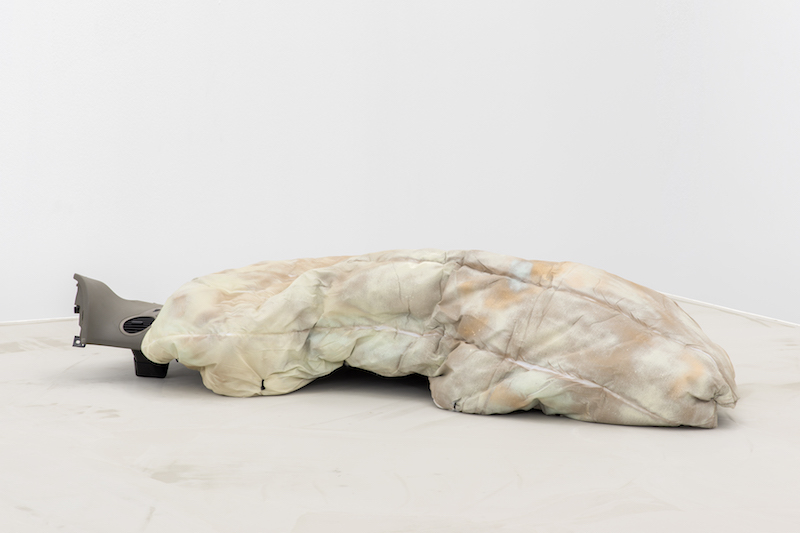
All works © Steffen Bunte; Photos © Hugard & Vanoverschelde
Steaming machines, buzzing exhaust pipes, shining lacquers – the German installation artist Steffen Bunte regularly incorporates automotive elements as his aesthetic template and material. Born in 1987, most of his recent shows merged clean designs of display formats with different media, always staging the automotive imagery as an ambivalent ground to play on: neither fully in its masculine cliché, nor exclusively as a producer of either pure adrenaline fun or dirty emission. His last show "Shell; Fiction (Trailer)", which took place at Galerie Jeanroch Dard in Brussels, literally wrapped a non-linear and deeply poetic narrative around fragments of urban life, and the questions that seem to come with it. A road to nowhere. A road from nowhere. In our interview Steffen Bunte speaks about his exhibition, its cinematic format and the role of cars for his art and his life.
Anna-Lena Werner: Does the title of your exhibition “Shell; Fiction (Trailer)” suggest a narrative reading of the works?
Steffen Bunte: I liked the approach of outlining a movie plot. Therefore the title is distinctly connected to the text I wrote for the show, which is also read by a voice-over in a sound piece played during the exhibition. It can be a guidance to complement the overall impression, also to create its own reality.
ALW: Many sentences of that text, which seems like a scene taking place inside a moving car, imply the desire to leave the constrictions of everyday, as the narrator dreams of moving “off road”. How much of this was a motivation for the physical pieces of show and its overall planning?
SB: For me the works only absorb a little bit from the actual plot, but they set the scenery. It's not clear who or what exactly the narrator is. Also, it is uncertain if that character is having an inner monologue, or is addressing somebody else. I was interested in the idea of the car being the narrating character, but that's just how I read it.
ALW: If we were to imagine that the exhibition was a film, what would be the title song?
SB: Rainforest sounds are added to the sound piece, reading the text. Someone should put a beat on that.
ALW: “Roadmovie”, assumably the central piece of the show, is an object lying on a platform. From the one side it looks like a dead body wrapped in a duvet, while the other side reveals that the duvet actually covers a piece of a wrecked car. How does the notion of fiction, and its ambivalence within an aesthetic context, come into play in this work?
SB: “Roadmovie” developed into an idea, that reflects on the protagonist's ambiguous nature in the sound piece. I see it in a fluid state between body and object, physically present but exposed in a very vulnerable act. Breaking it down to a solely visual and almost excluding encounter seemed necessary to create an intimate and voyeuristic moment.
ALW: The last passage of your text says "If you are dead, you can’t play dead. When one is dead, one is somewhere.” Is the “Roadtrip” object also an attempt to create a distance from death?
SB: It is more implying a lack of motion, meaning that there are notions which define the state of resting. It is a comment on how to face reality here and now and not in the world to come.
ALW: The platform, or stage, that the object is placed on is titled after places in Berlin "Oranienplatz”, or "Straße der Pariser Kommune”. Why did you choose these two particular places and what do they mean to you?
SB: I have no strong connection to these places, which was crucial for choosing them. Sentiments didn't seem right here. Though I pass them quite often randomly.
ALW: I wonder what the idea of motion implies for you?
SB: I like to see it disconnected from any purpose oriented implication. More like motion just for the the sake of movement, a bit like a prowler. Only movement creates stories when you bring yourself in a situation where you don't wait for something but create your own opportunities.
ALW: The wall object “Entrée” shows the photo of an engine bonnet, which has a world map printed in its middle and is surrounded by the word “Welcome” in different languages. What is this “Entrée” and where does it lead us to?
SB: It is the entrance of a BMW showroom. Being welcomed by a world map had a funny attraction for me, since it looked so naively made, in a very parochial manner. I liked to add something non-fictional to the show, which contrasts the other pieces but therefore also adds something to the narration. In the end its factual context comes apart since you still face a directed image of a specific situation and not the actual car.
ALW: In the show it seems as if the car is a tool to de-materialise the main character through both, motion and – quite literally – the surface's reflection. Why is character's dissolution such a central issue here?
SB: To me this dissolution you are talking about is a very common thing to observe in urban environment. In that sense, I see the character as a substitute for every other person I look at when I'm out on the street. In situations of visual abundance we all dissolve, at least in a general perspective.
ALW: In previous works, such as the video "I hoped this would be forever” from 2013, you also staged the car as an object of ambivalence – between poetry and destruction. Is there a specific reason why you developed such an interest in the car as a material for your art?
SB: Though I have embraced different other interests within my works, I have always had a big passion for cars. I'm a big car buff and get all nerdy about anything involving automotive topics. This blends with my own stories and experiences, which figure into my practice the most. My youth in the suburbs was all about becoming more independent, so having a car helped a lot in that time. Cars are pretty much inevitable objects in everyday life. Even if you don't want to, you'd have to face them. I compare this impact to the one architecture has on us. It is so natural for us that we hardly count them as advantages. Think of all the life stories created by cars. To me they are more than just machines connecting places. It is interesting to see them like surrogates for desires in modern society.
ALW: What kind of car do you drive yourself?
SB: Funnily enough, I don't own a car right now.
“Shell; Fiction (Trailer)”
Steffen Bunte
29.10 - 05.12.2015
Galerie Jeanroch Dard
67 rue de la Regence
1000 Brussels
Belgium
http://steffenbunte.com
ALW: What kind of car do you drive yourself?
SB: Funnily enough, I don't own a car right now.
“Shell; Fiction (Trailer)”
Steffen Bunte
29.10 - 05.12.2015
Galerie Jeanroch Dard
67 rue de la Regence
1000 Brussels
Belgium
http://steffenbunte.com
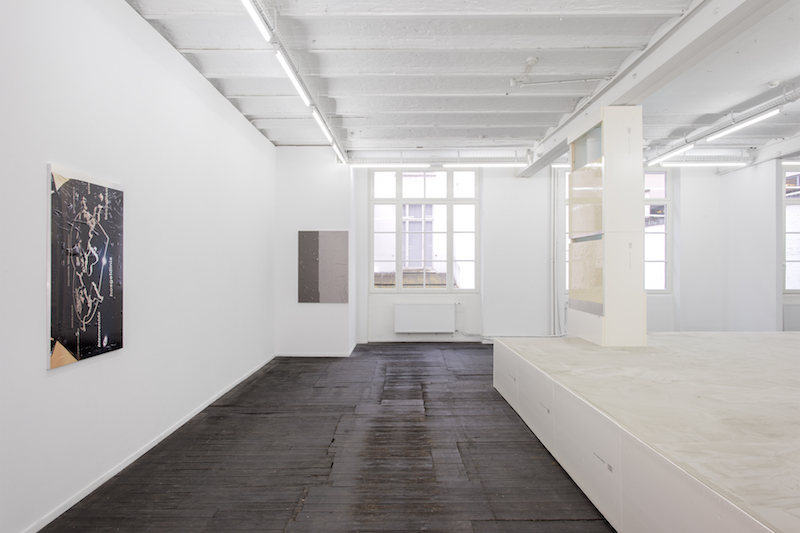

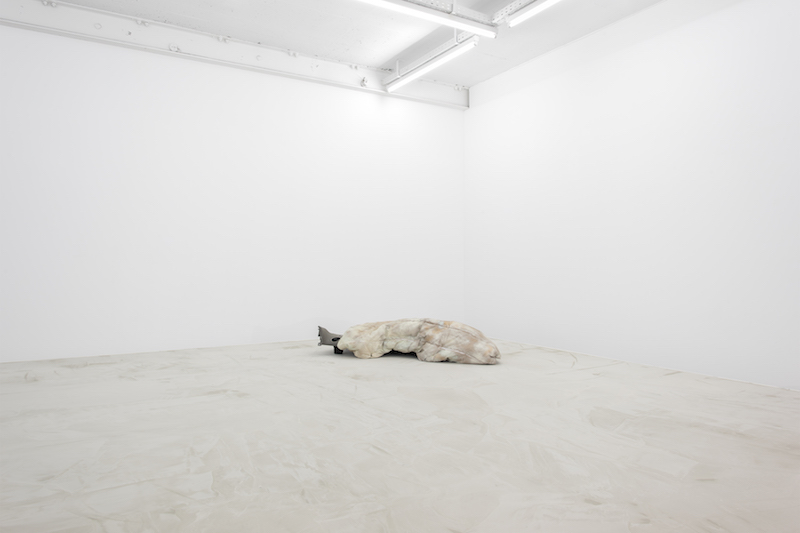
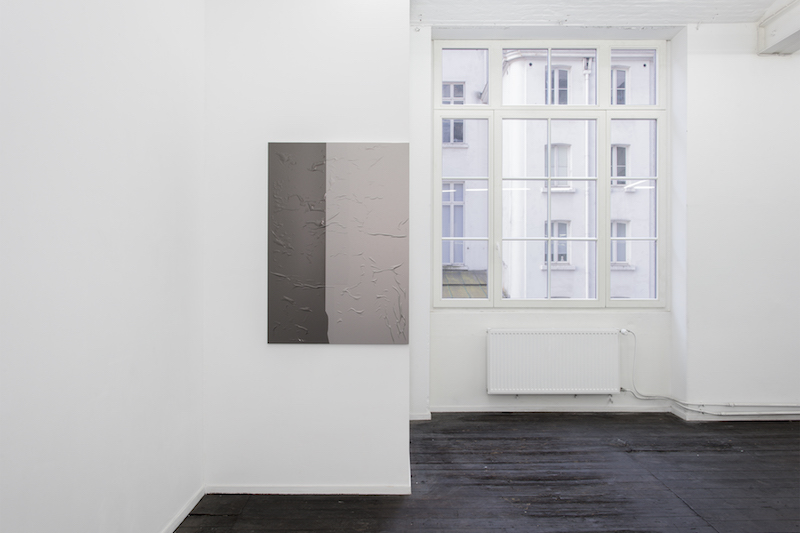
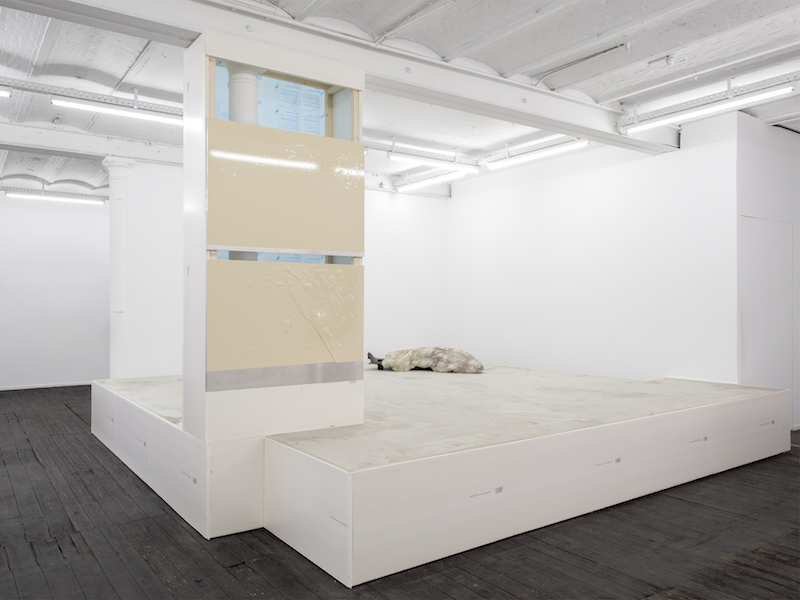
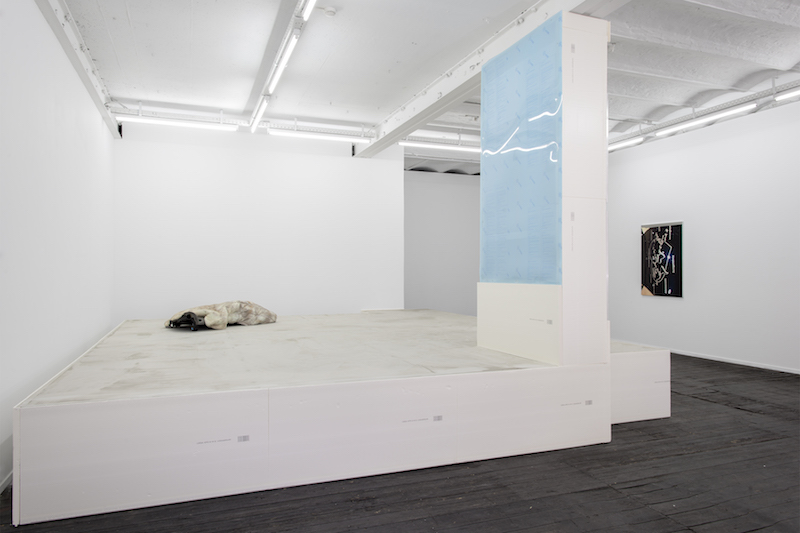
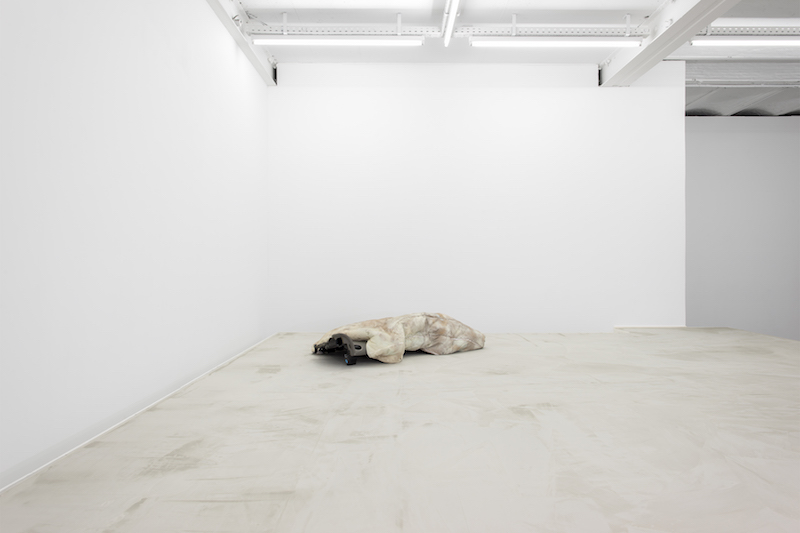
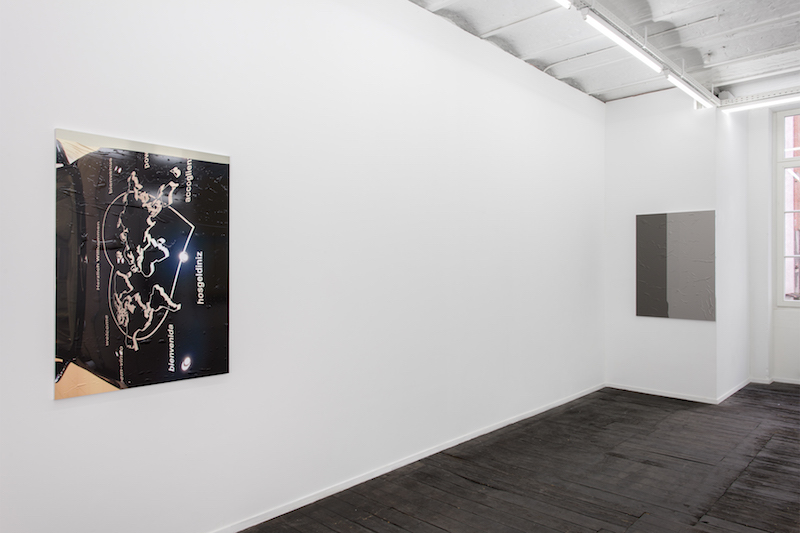
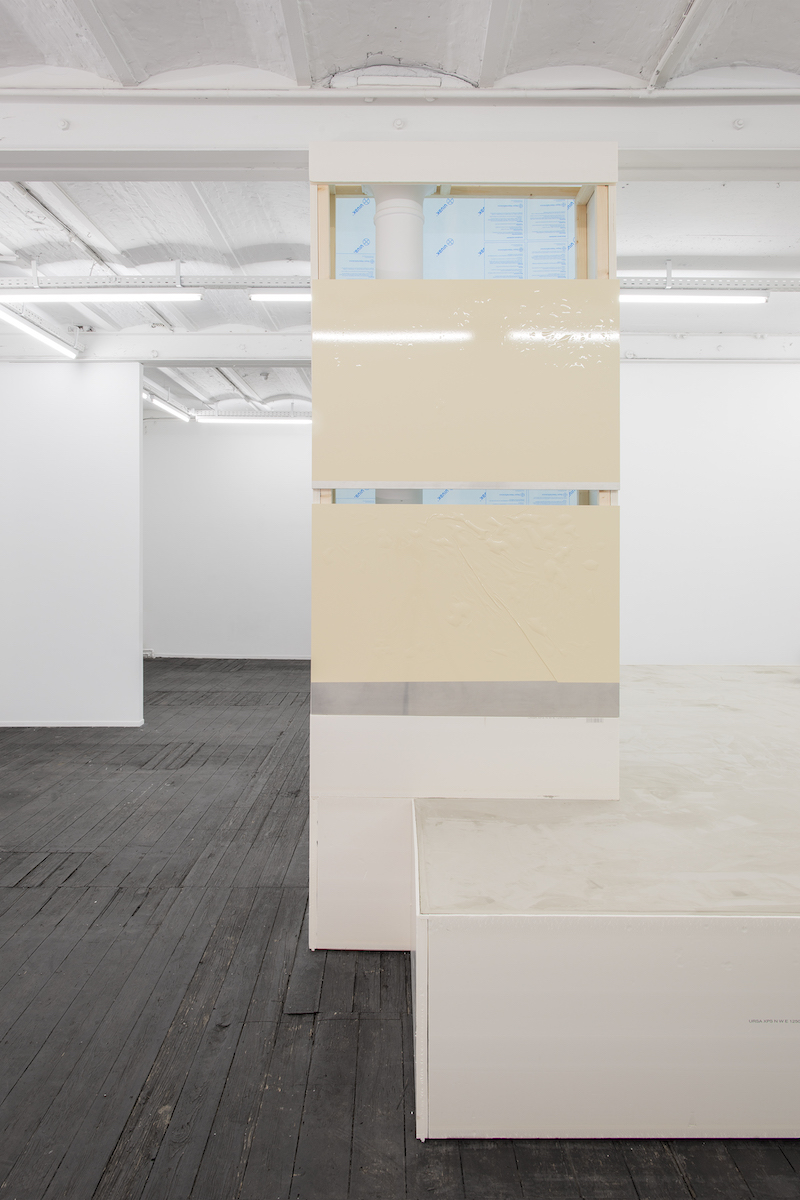
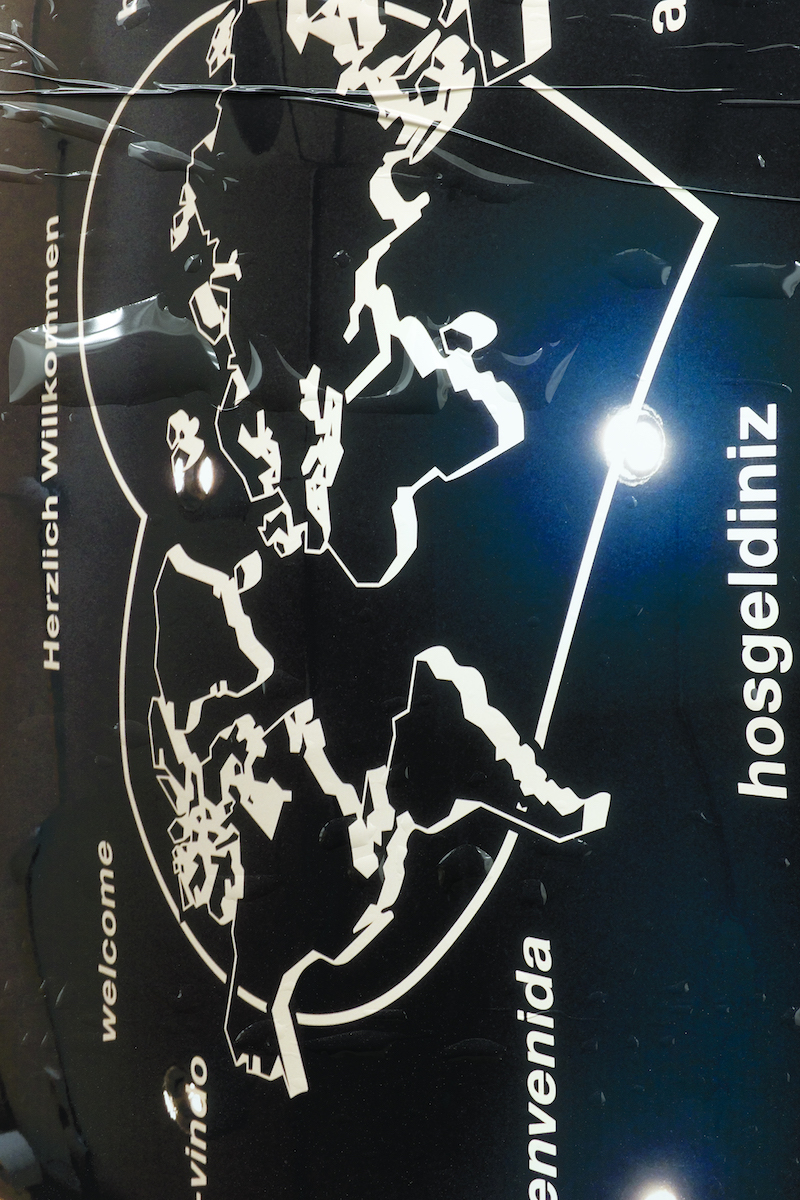

All works © Steffen Bunte; Photos © Hugard & Vanoverschelde
